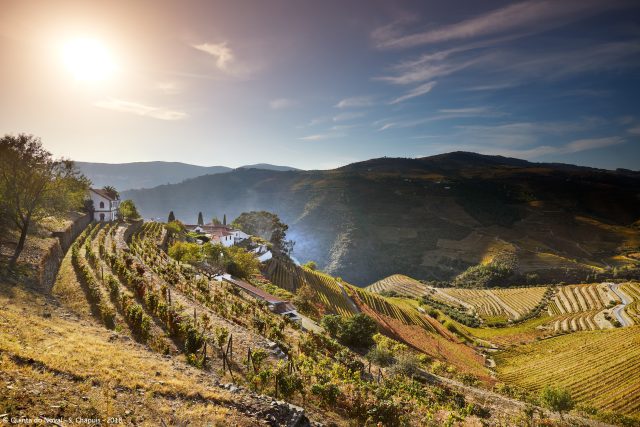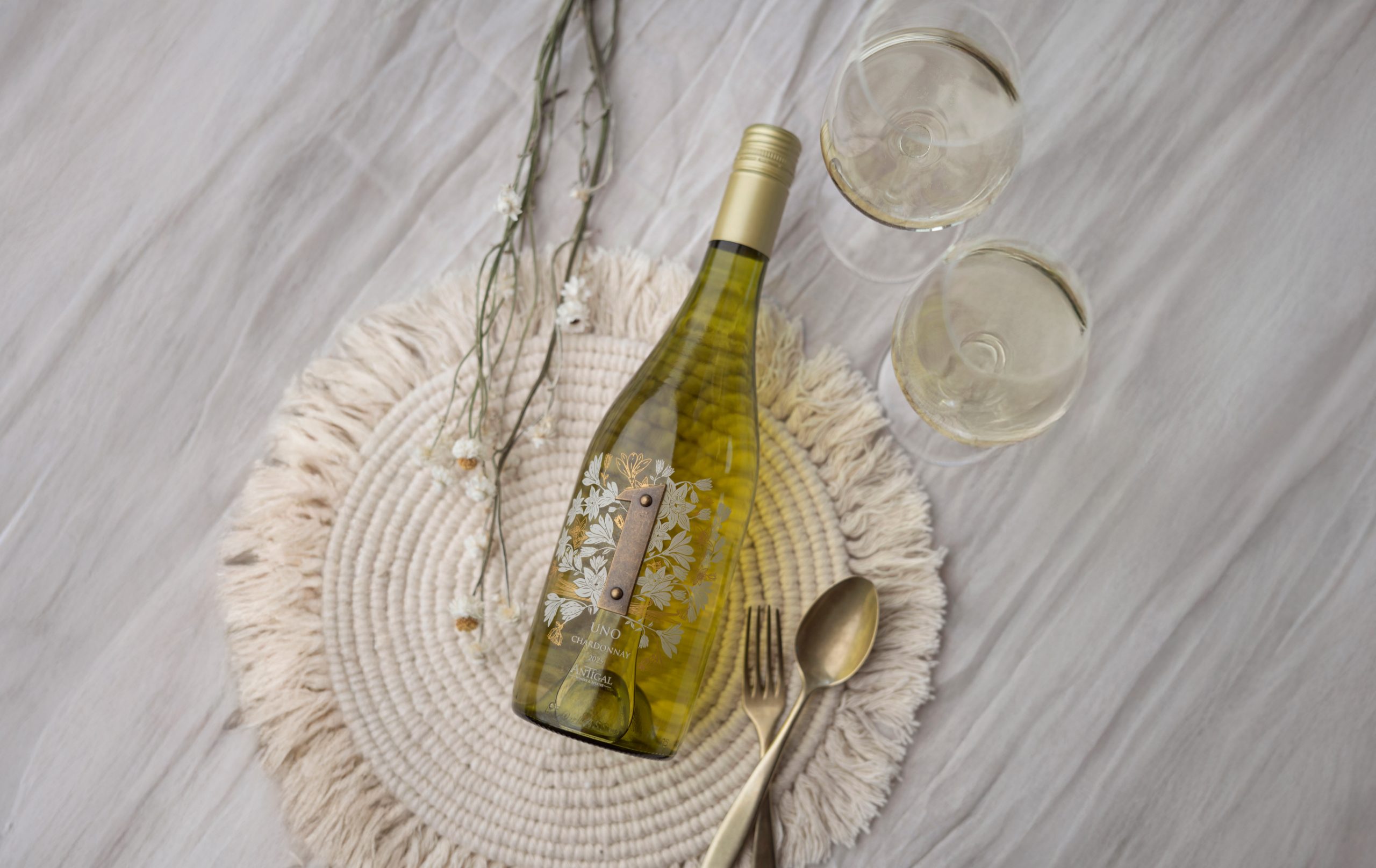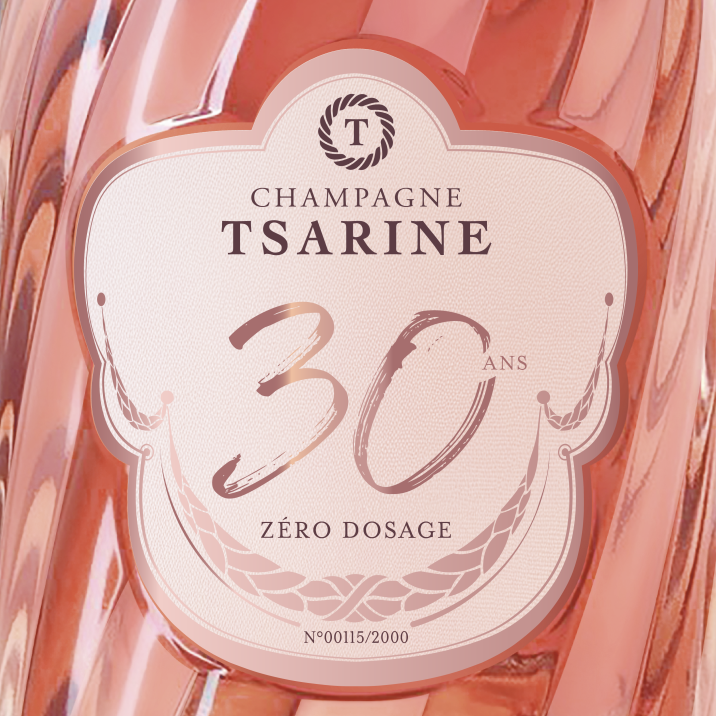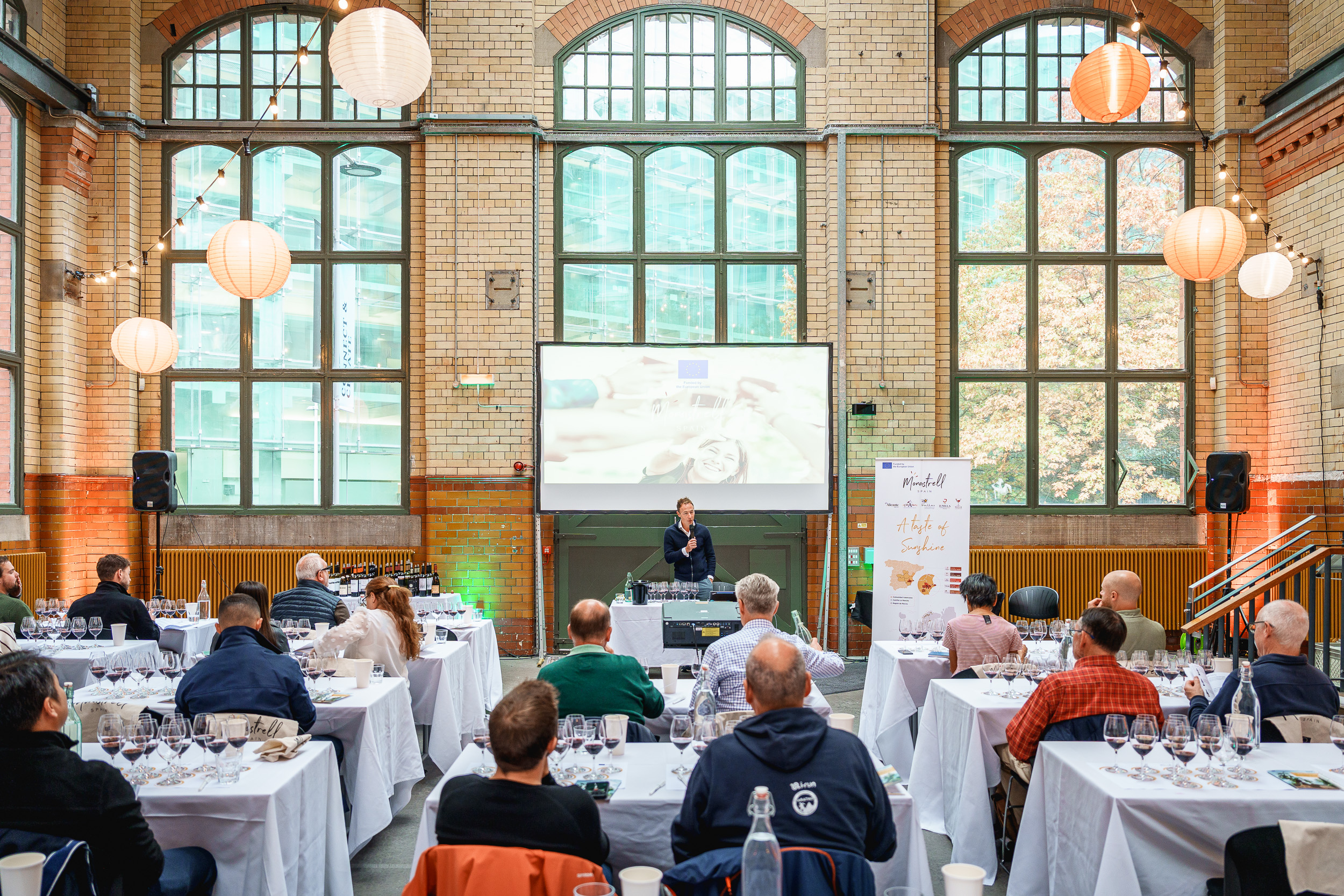Quinta do Noval – an idiosyncratic approach
In the past, the conventional wisdom for ‘classic’ vintage Port was that you typically only declared three or four times in a decade, and never two years in a row. More recently, shippers have begun to flex away from that principle, but none quite as radically as Quinta do Noval, with ten successive vintage declarations spanning 2011 to 2020. Then again Noval, in so many ways, is a case apart.

Christian Seely, MD of Noval owner AXA Millésimes, is swift to emphasise that this remarkable, decade-long run of vintage Ports doesn’t mean he has swapped one dogma for another – ie declaring every single vintage, whatever the conditions of the year.
“I haven’t actually taken that decision,” he says, with the air of someone repeating himself for the umpteenth time. “The decision was to declare a vintage Port in any year when we had at least a small amount of outstanding wine. If a year came along where that was not the case and we didn’t have any outstanding wine, then we wouldn’t make it.”
A confluence of factors led to Noval’s strategic shift from 2011: the impact of changes in the vineyard, and the nature of the vineyard itself.
The Noval estate is big: just over 180 hectares under vine, at elevations ranging from 100-500 metres above sea level, and with a multitude of expositions ranging through 360 degrees. There are large holdings in the Pinhão Valley, but also parcels in the Roncão Valley and overlooking the Douro itself.
“In any given year, there will be parts of the quinta that do much better than many other parts,” explains Seely. “Almost every year we have a significant amount of very good wine.”
But that wasn’t always the case. When AXA Millésimes bought Noval in 1993, the vineyard was, in Seely’s words, “not in a good state” (and he should know, as he ran it for several years post-acquisition).
The decision was taken to trade short-term sacrifice for long-term gain, replanting roughly 100ha of vines in the space of six years during the mid-1990s, out of what was then a smaller estate of just under 150ha.
“By 2011 and 2012, all of that was coming on stream, and today we’re in an extremely sweet spot, with those vines at about 25 years old,” Seely says. “The net result of all that work in the 1990s was that, by the early 2010s, we began to have very much more high-quality grapes at Noval.”
Partner Content

The philosophical leap was not so much about quality as quantity. Even if there was only a small amount of vintage-appropriate fruit in any given year, why not bottle and declare it? This means that some years are (in Noval terms) relatively bountiful – for instance, 2016, at about 6,000 cases – and others are positively tiny, such as 2014 at 700 or so.
This manner of working has helped the Noval team to delve more deeply into a vineyard they already knew well. Take 2013, for example. What looked destined to be one of the great vintages was scuppered by rain that began 10 days into harvest – and didn’t really stop. “We had already harvested a few parcels in the hottest part of the Pinhão Valley, which we tend to harvest first,” recalls Seely.
“These parcels don’t necessarily tend to go into vintage Port but, because of the rain, that was the only part that produced wonderful wine. So we learned a little bit more about the potential of those parcels from bottling in 2013, when we thought we’d missed a great vintage.”
One of the consequences in tasting Noval vertically is that, for all the common stylistic threads, there are differences that you suspect are not entirely due to vintage variation, but parcel location. In the case of 2013, says Seely, the result is a wine that is “recognisably Noval, but [which] stands out for being a little bit different in personality”.
It’s an idiosyncratic approach that clearly wouldn’t work for everyone – either viticulturally or commercially. The peculiar scale and diversity of the Noval vineyard makes it possible, as does the status of the name in fine wine circles. Since 2011, every release has sold out immediately, Seely reports: “We just offer it to our distributors, and they take on the allocation straightaway.”
Viticulturally speaking, the fact that Nacional has ‘only’ been declared five times since 2011 (including successive declarations in 2016-17 and 2019-20) also illustrates the point: the wine is famously made from a single 1.6ha plot of ungrafted vines and, as Seely acknowledges, “we can’t make Nacional anywhere else”. So, while there might be a Nacional declaration in a less ‘popular’ year like 1996, that’s not the case in, say, 2007.
The success of Noval’s declaration policy is also a symptom of another current phenomenon: the robust health of vintage Port, something that “thrills” Seely. “Vintage Ports have never been as good as they are today,” he claims. “What we’ve done at Noval is quite an extreme case, but everyone has been doing that kind of thing over the last 30 years. In terms of drinkers of vintage Port, we’re just living in a paradise at the moment, in terms of the quality of what’s available.”

SELECTED VINTAGES, 2011-2020
Quinta do Noval
- 2019: Perfumed, elegant and floral, with violets and hedgerow fruits – sloe, then blueberry. Linear and precise on the nose, and this thread of tension continues on the palate: wonderfully aromatic and expressive black fruit, with quite pronounced acidity. There’s power beneath the finesse, and the sweet and the savoury are in perfect harmony.
- 2017: With powerful scents of ripe grape skin and summer pudding, this is at once opulent and aromatic, with lots of plump, savoury fruit. Luscious, super-ripe, but still expressive. The palate is rich and sweetly fruited, with black mineral notes verging into balsamic. Much more open on the nose than the palate, but big, impressive and destined for greatness.
- 2012: Still ridiculously youthful after a decade, with plenty of floral notes and powerful but fresh blue fruit. The texture is wonderful, the ripe fruit is still precise and has barely evolved, showing remarkable youth and expression. With tannins and sugar working in perfect harmony, a beautiful Noval.
- Note: Noval 2011 and 2013 not tasted
Quinta do Noval Nacional
- 2020: Lean and austere at first, with winery scents of fresh grape must, delicate florals and precise blue fruit. Seamless, linear, beautiful. The palate brings power to play alongside that precision, while the savoury edge and slightly detached sweetness express the wine’s extreme youth. A deconstruction of Nacional with a persistently pin-sharp expression of fruit intensity.
- 2017: At first, lots of primary black fruit notes, alongside vineyard scents of warm schist. Dense, multi-layered, brooding but perfumed. Flexes its muscles with considerable attack on the mid-palate before relaxing into more perfumed restraint. Shows the yin and yang of Nacional – elegance and power.
- 2011: Hugely perfumed and elegant, with enticing fruit-and-flowers aromas, before hardening into blue fruit and slight austerity. Astonishing freshness and youthful vigour, but again there’s concentration alongside the finesse. The palate manages to be ripe and sweet, but also elegant and precise, with a neverending perfume. Remarkable and apparently frozen in time.
Related news
The packaging debate: should we judge a wine by its cover?
Chanson Père et Fils on why Côte Chalonnaise is just 'the beginning'
Orma and Oreno: ‘Sometimes we take a little bit of the fashion world’




